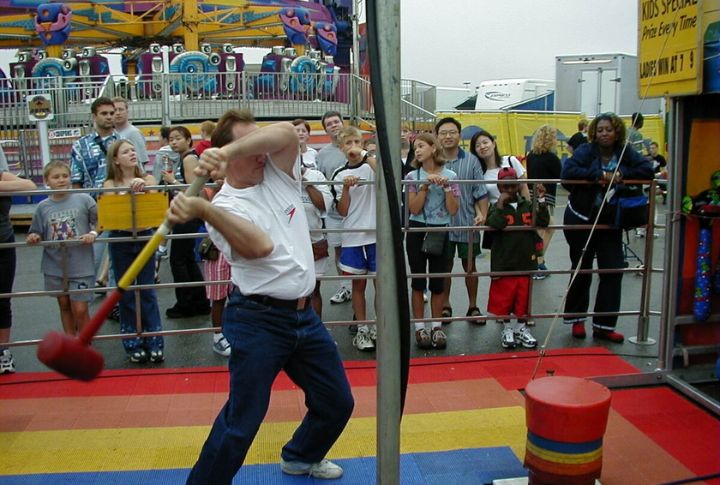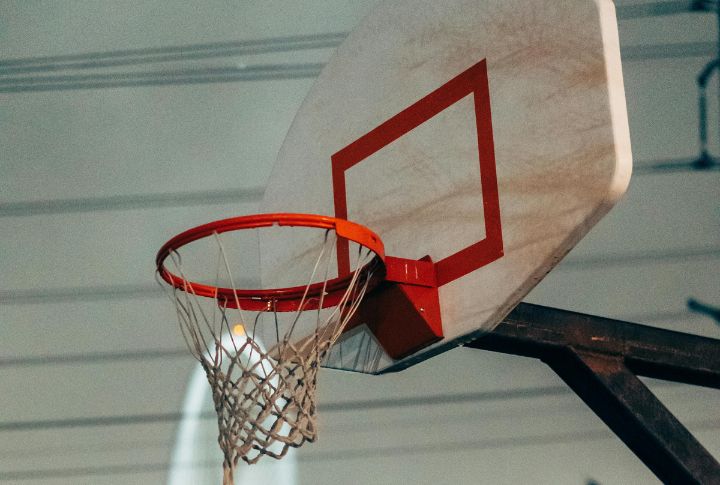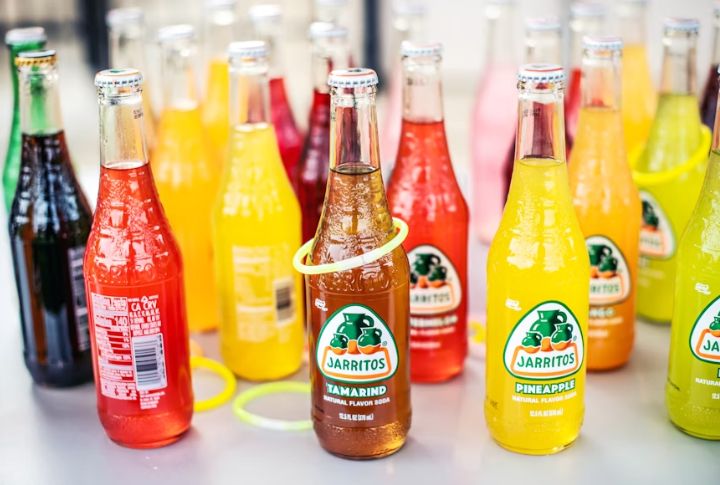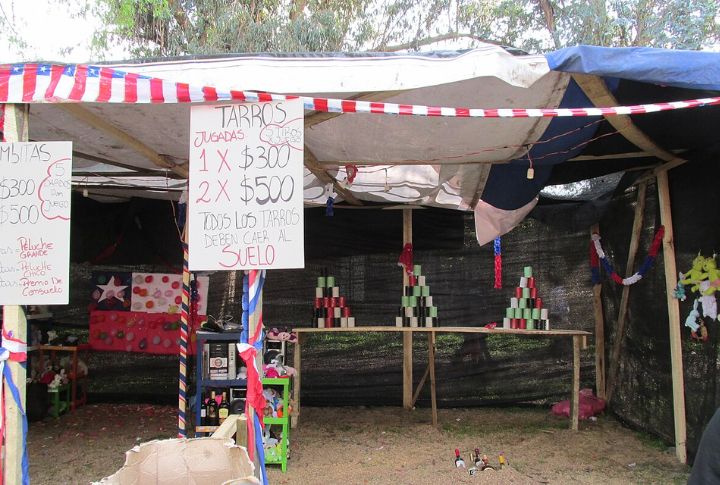
Carnivals are loud, bright, and full of promises—but behind all the fun is a setup that’s way more clever than it looks. Most games are built to make you think you’re close to winning, even when you’re not. Want better odds next time? Start by spotting how they trick you first.
The Balloon Dart Game

Most people step up thinking it’s a breeze, but nothing here is quite as it seems. Balloons are barely filled, which makes them harder to pop. On top of that, the darts tend to be dull and light. The operator’s perfect demo sets the trap, and your turn rarely goes the same way.
The Ping Pong Fish Bowl Toss

It looks simple enough until the ball hits the rim and bounces right off. Those bowls are just wide enough to create false hope, while the balls are made to bounce, not land. And the real twist is that the prize goldfish won’t likely survive long in your kitchen bowl.
The Strongman Hammer Game

That giant mallet dares you to prove your strength, but the setup is trickier than it seems. Without perfect aim, the puck stalls. And if that doesn’t slow you down, the operator’s ability to tweak spring tension certainly might. Occasionally, they’ll allow a win, just enough to stir excitement and refill the line.
The Basketball Hoop Game

What you see isn’t what you get. The hoop usually has an oval shape and sits at an angle that throws off depth perception. Players also get a different ball than what the demonstrator used. With those slight changes, even decent shots bounce off in frustrating ways.
Guess Your Weight Or Age Booth

This booth isn’t about luck; it’s about quick reads and practiced guesses. Fashion choices, posture, and grooming all offer clues. Workers are allowed to miss by a small margin but usually don’t. The experience ends with a plastic prize and the odd feeling of being low-key profiled.
The Shell Game Or “Find The Ball”

Crowds gather, convinced they’ve cracked the code, but sleight of hand wins every time. Before any guess is made, the ball’s already gone. With planted winners in the crowd and choreographed distractions, players chase shadows. It’s fast, flashy, and almost always favors the operator’s invisible palm trick.
Ring Toss

Nothing feels more satisfying than a ring grazing the bottle until it pops right back out. The necks are just wide enough to tease success. Tight bottle spacing causes ricochets, while the lightweight rings offer little control. Even when someone nails it, that image is typically used for show.
Rope Ladder Ring Pull

Grabbing the ring is only half the battle. Total balance becomes essential as the loops move with force before they let go. Any weight shift may activate a hidden lock. Meanwhile, the operator, who knows the rhythm and grip, watches players fail with near-perfect consistency.
The Duck Pond Game

You’re promised a prize with every duck, and technically, that’s true. But the hidden markings usually lead to the smallest reward. The best prizes are tied to elusive ducks that make rare appearances, only to disappear before the average player can react.
Knock Down The Cups Game

The first throw feels promising, especially when a few cups tumble. What you don’t see is the bottom row, which is weighted or lightly glued to stay put. Operators show off flawless throws using heavier balls and easier setups. For most players, it’s a slow cycle of hope and letdown.

